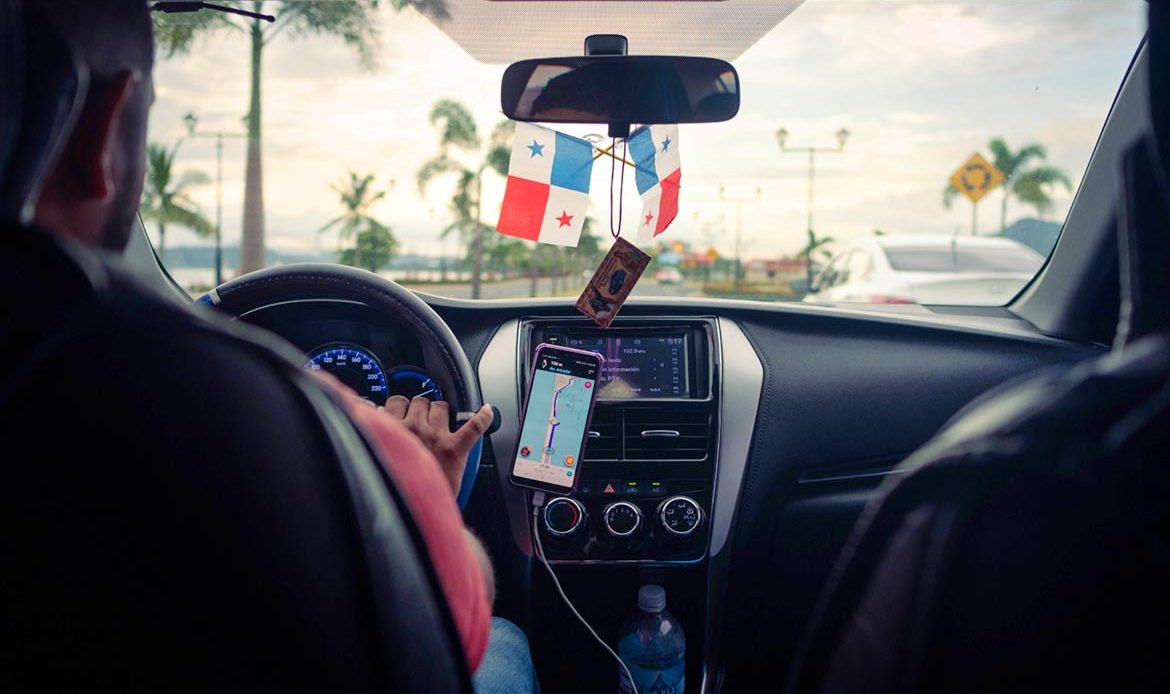When visiting or moving to a new country, most will want to have the freedom to navigate and explore with their own or rented vehicle. The roadways of Panama can be an exciting adventure, but it is essential to understand the conditions and attitudes of other drivers, when driving in Panama. This document will provide you with valuable information and tips to ensure a smooth and safe experience on the roads of Panama.
Roadway Conditions
The conditions of Panama’s roadways vary widely. While major highways and roads are generally well-maintained, rural, and secondary roadways can be littered with potholes. Traveling down the roadways can be an event of dodging potholes and even debris on the roads. Uneven surfaces, and narrow lanes, particularly in more remote areas can make driving a challenging sport. It’s tempting to want to make up time, and when you compute distance, you usually think in terms of your home country and the time taken to reach your destination. Think again. While it may be a relatively short distance, the roadway conditions in Panama will be sure to hamper your time. Add to these times of high traffic, and your travel time can be doubled or even tripled. It’s critical to have patience while driving the roadways in Panama.
Traffic
Panamanians love to leave the city for the country, either beach or mountains. There are really only a handful of ways out of the city of Panama, with the Bridge of the America’s being the main artery north to the Pacific beaches and mountains. Traffic jams happen frequently on Friday afternoon leaving the city, and Sunday evenings returning to the city. Equally, Panama has been developing the other side of the Bridge of America’s, and more and more Panamanians as well as Expats are looking at purchase options on that side of the bridge. Therefore, week mornings and coming into the city and evenings going out of the city can be particularly challenging. Needless to say, there are only small windows of time when traffic seems normal and manageable for the novice driver to Panama.
Driving in Panama City
The capital is known for its gnarled traffic and congestion. It’s advisable to use directional apps. Both Google Maps and Waze are widely used. They provide accuracy and up to date conditions on traffic, closures, or other conditions which slow down travel. Drivers can to be confusing and at times it can be chaotic with drivers appearing to not follow traffic laws. It’s important to go with the flow, drive defensively and not be timid. Equally be vigilant and try to anticipate the actions of other drivers. Also signaling when changing lanes or looking to get into traffic is a help, and you’ll be surprised how other drivers will motion you in. All it all the first few trips are nerve wracking, but once you get the hang of it and understand the flow, your driving comfort level will increase in Panama.
Rules and Regulations
Before embarking on your journey, familiarize yourself with the traffic rules and regulations of Panama. The country follows right-hand traffic, and the speed limits are posted in kilometers per hour. The speed limit on highways is typically 100 km/h, but this is a rough rule only. In reality it can change frequently and it’s important to watch for those changes as the police do regularly clock drivers and ticket for excess speed.
When driving in Panama, be sure to always have all the necessary documentation with you. Carry your valid driver’s license, vehicle registration, and proof of insurance. It’s also a good idea to have your passport. Make sure you know where your recent entry stamp is for Panama as if you are stopped, it’s likely the police will look to make sure you are within your three months. In Panama, you can only drive for 3 months with a foreign passport and license.
Are tourists allowed to drive in Panama?
Certainly, tourists are permitted to drive in Panama with a valid international driver’s license. Driving in Panama for the initial 90 days of your visit, your foreign license is acceptable. However, once that period expires, you’ll be required to obtain a Panamanian driving license.
Should you decide to apply for temporary or permanent residency, it becomes imperative to acquire a Panamanian driving license right away, as your foreign license will no longer be valid.
Tolls
Panama has a robust network of toll roads, known as “autopistas.” These toll roads can significantly improve travel times but be prepared to have cash or a prepaid toll card available for payment. It’s important to know that some tolls only operate under automation. So for instance, the PanaPass system only allows for a prepaid toll payment. They do not accept cash. When renting, be sure know how much is on your PanaPass and learn how you can top it up. For other tolls, make sure you have cash (USD) at all time to take care of those tolls. Expat-tations can help you with your PanaPass through our concierge services.
Conclusion
In conclusion, driving in Panama and navigating its roadways requires careful preparation and awareness. Familiarize yourself with the road conditions, traffic rules, and regulations. Plan your routes in advance and be mindful of heavy traffic in urban areas. Ensure you have the necessary documentation, follow road safety guidelines, and be aware of local driving customs. By following these tips, you can have a safe and enjoyable journey on the roads of Panama.



